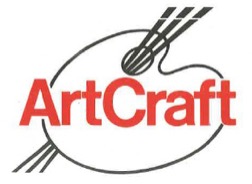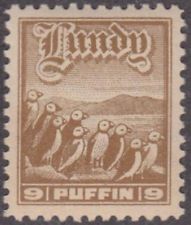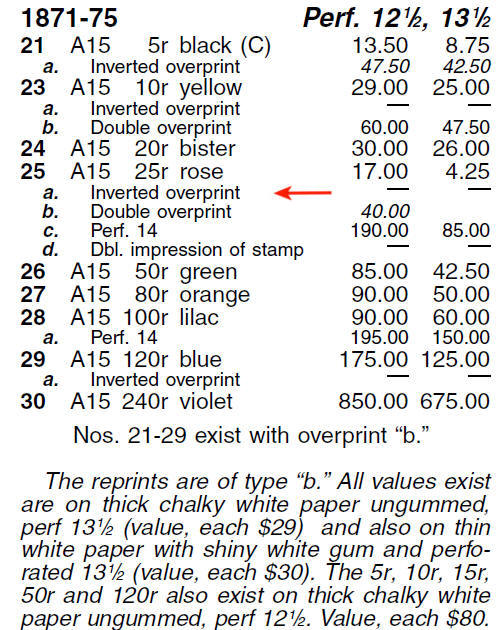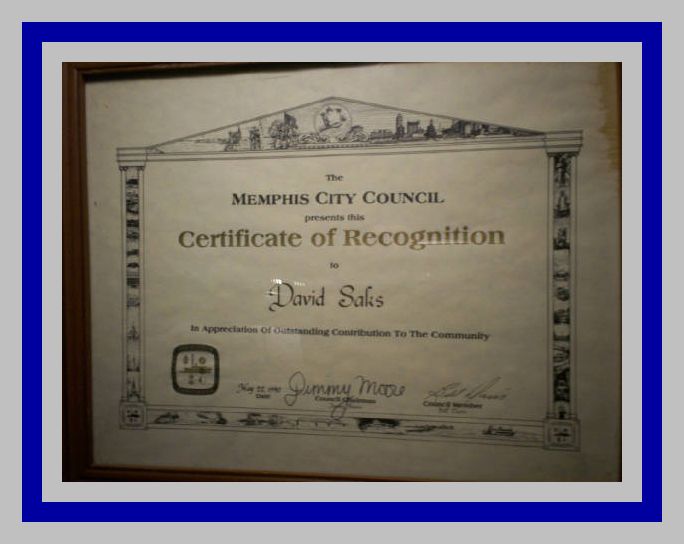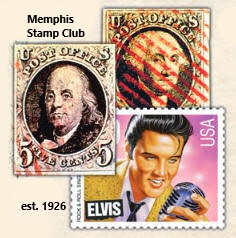|
|
Saturday, January 30, 2021
153 Years LaterI found this deposit
signed by William G. Boone in a box full of old stamps. It a nice example of revenue stamped paper. 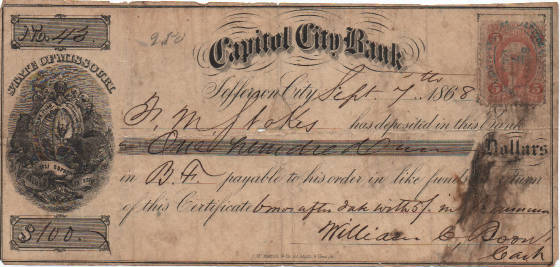
It's a deposit slip for 100 dollars from T.M.
Stokes for the Capital City Bank of Jefferson City, Missouri dated September 7, 1868 and signed by William C. Boone, cash.
I believe it went into Mr.Stokes savings account,
unless it was interest checking because it's noted that when the certificate is returned it's payble at the the rate of "6
mos. after Jan. with 5% int. per annum", an incredible rate of return at that time ! 
The faded red certificate revenue stamp, Scott
Catalog #R24c, has a great blue Jefferson City Bank oval circular date cancellation of Sept 7, 1868. It appears as though
the blue ink inscription, "Jefferson City Bank", is reversed at the bottom of the cancellation. 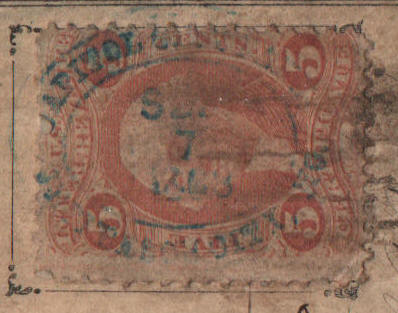
The cachet for Jefferson City Bank slip No.43
is quite powerful. Notice the bears ! Veteran philatelists know what I'm referring to. Click the image for more. 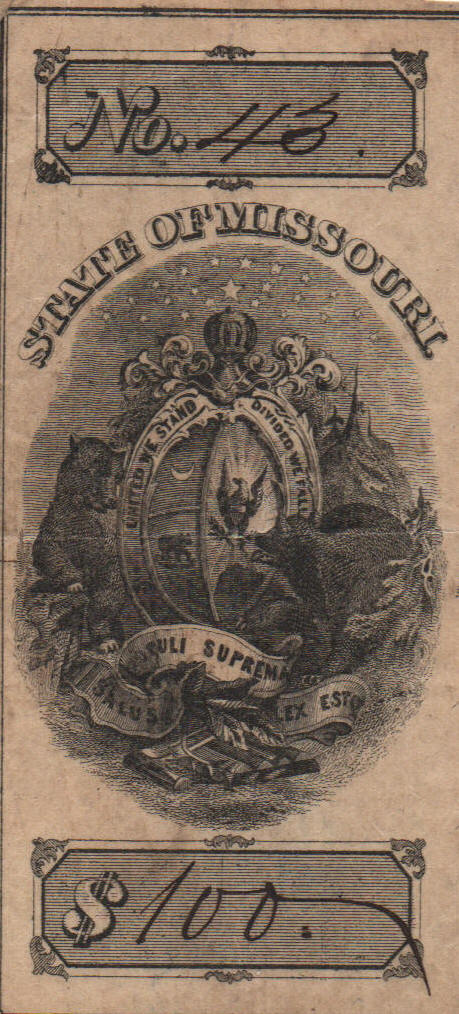
It's still worth 100 bucks 153 years later.
Thursday, January 7, 2021
Forty Five Women - 1920's ?I discovered this photo in the corner of an attic in an old
house, built in 1912, in mid-town Memphis. The home owner, who didn't know who they are, gave me the photo.
I'm guessing that the picture was taken in the 1920's. Where, I don't know. 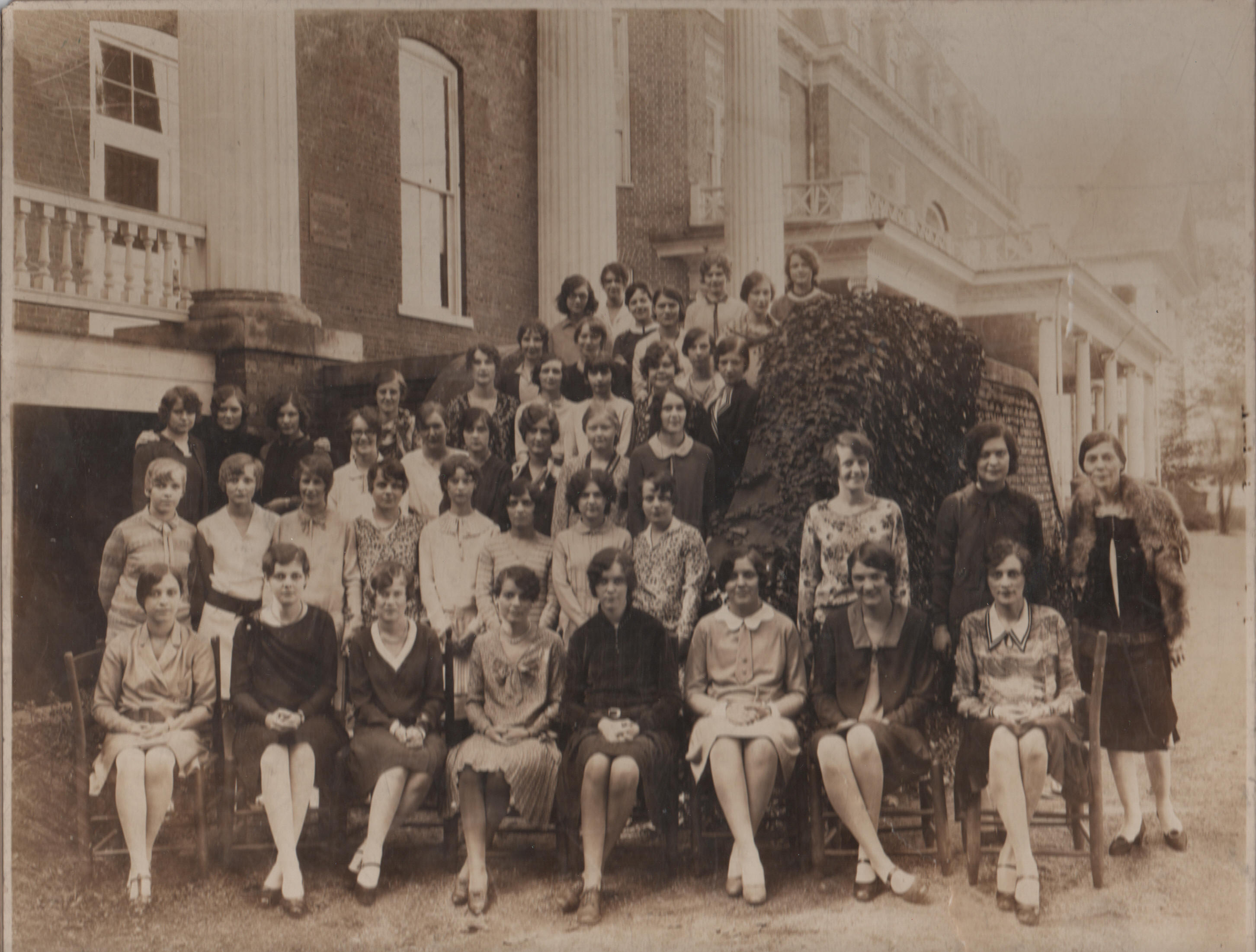
I like having having the photo
near the piano when I play. Sometimes
I feel like I'm playing for them, that I know them and that they're watching and listening. It's a good feeling.
Wednesday, January 6, 2021
The Azores Inverted Black Overprint of 1871-1875 Scott #25aThe Azores are a beautiful group of islands to the west
of Portugal. This is Azores
25a and Portugal design A15. The labels outside of the cameo on Portugal design A15 are longer than Portugal A14. A15
makes contact with the upper and lower curved labels.
The labels on the outside
of the cameo on Portugal A14 don't make contact with the upper and lower curved labels. 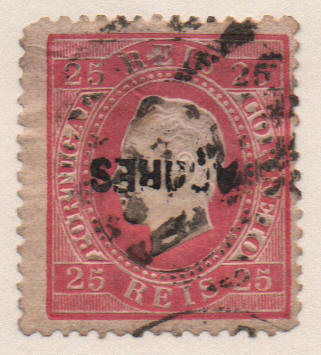
Scott Specialized
2021 Catalog© Listing - Azores
I know that the absence of value doesn't mean that stamp is scarce or rare, but that the dash in the value column usually means that the stamp is known and there's not enough information available to establish a catalog value,
i.e., U.S. Scott # 3X4 and a variety of used plate blocks. This
overprint might be a little different. I'm unaware of inverted forgeries from the country. Early
Azores, 1871 through 1875, can be scarce or rare and very expensive. Many deficient in quantity. #25a doesn't
appear to be widely known and is marked by an uncommon quality. Especially
one that's superlative and extreme of it's kind for the issue. Such
is the magic of philately. Thanks to Memphis Stamp Collectors Society president Andy Burkman for assisting me with the identification
of this scarce stamp.
Saturday, January 2, 2021
Forgotten SmilesThe photographs are from my collection of departed friends
and loved ones that I never knew, but wish that I had. Photographs discovered in rubble, attics, demolished homes.
Look at them smile, look at their faces, and, in spirit, they'll become your friends. They'll smile back at you, brightly. 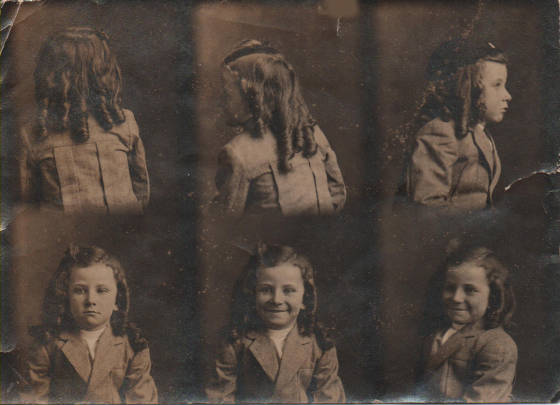
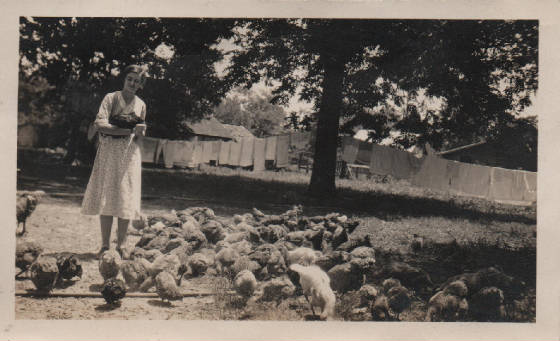
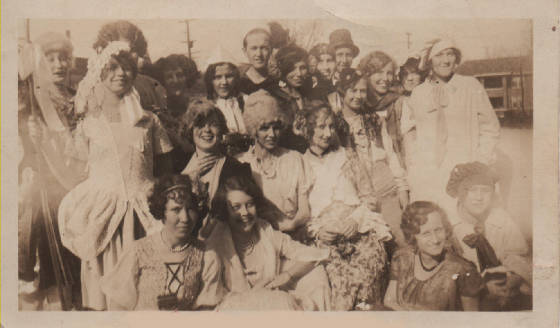
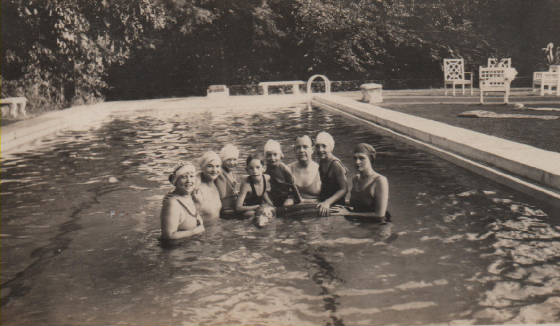
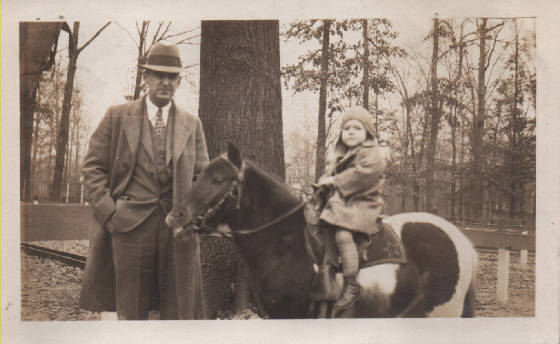
Smiles become love when they enter your heart.
|
|
For the next few weeks I'll be talking
about the first day covers of ArtCraft along with everything else.
ArtCraft closed it's doors recently after 76 years of making philatelic history.
I'm predicting a sudden, salubrious escalation in the value
of the ArtCraft cachet, all ArtCraft first day covers and ArtCraft portrait cards.
Including those connected to the Postal Commemorative Society
Their departure signals the end of an extraordinarily crucial,
very important, highly significant and exceedingly meaningful period in philately
A mournful signal which will be heard around the world and
lamented throughout the multitude of collectors
Leo
and Sam August treasured their associations with the world's greatest philatelists
Leo's contributions to our hobby were significant enough
to earn the coveted Luft Award and a place in the American Philatelic Society Hall of Fame.
ArtCraft has well-earned it's place in the great chronological
record in the history of philately.
Their
raised ink, line-engraved intaglio printed cachets rank among the most aesthetic in the world.
ArtCraft cachets are not just beautiful.
They are works
of art that showcase the wonders of the world and illuminate the powers of human creativity and ingenuity.
The Coober Pedy Cover
One of the World's Great Philatelic Rarities
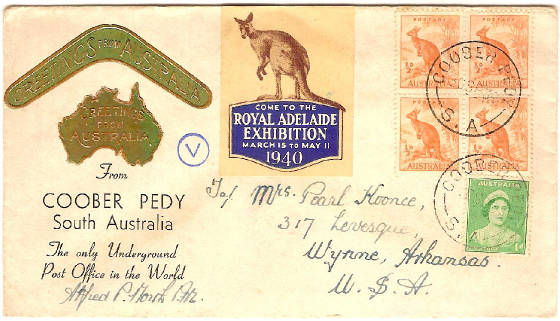
Could this become la pièce
de résistance de toute la modern Australian philatélie ?
Coober Pedy is a town in northern South Australia. The town is sometimes referred to as the "opal
capital of the world" because of the quantity of precious opals that are mined there. Coober Pedy is renowned for its
below-ground residences,called "dugouts", which are built in this fashion due to the scorching daytime heat.
The name "Coober Pedy" comes from the local Aboriginal term kupa-piti, which means "white man's hole".
Opal was found in Coober Pedy on 1 February 1915; since then the town has been supplying most of the world's gem-quality
opal. Coober Pedy today relies as much on tourism as the opal mining industry to provide the community with employment
and sustainability. Coober Pedy has over 70 opal fields and is the largest opal mining area in the world.
Coober
Pedy - no village, no buildings, no roads, just desert, mountains dotted with boulders. A bizarre lunar landscape, but
for opal seekers is the most exciting place on earth, where again every day is the true challenge, happiness and luck just
a shovel width apart and where life is defined by two words: winners and losers. Coober Pedy, grab your hat, throw it
into the air and where it lands start digging !

“The Scott
Numbers are the copyrighted property of Amos Press Inc., dba Scott
Publishing Co. The marks Scott and Scott’s are Registered in the U.S. Patent and Trademark Office,
and are trademarks of Amos Press, Inc. dba Scott Publishing Co. No
use may be
made of these marks or of
material which is reprinted from a copyrighted
publication
of Amos Press, Inc., without the express written permission of Amos
Press, Inc., dba Scott Publishing Co., Sidney, Ohio 45365.”

